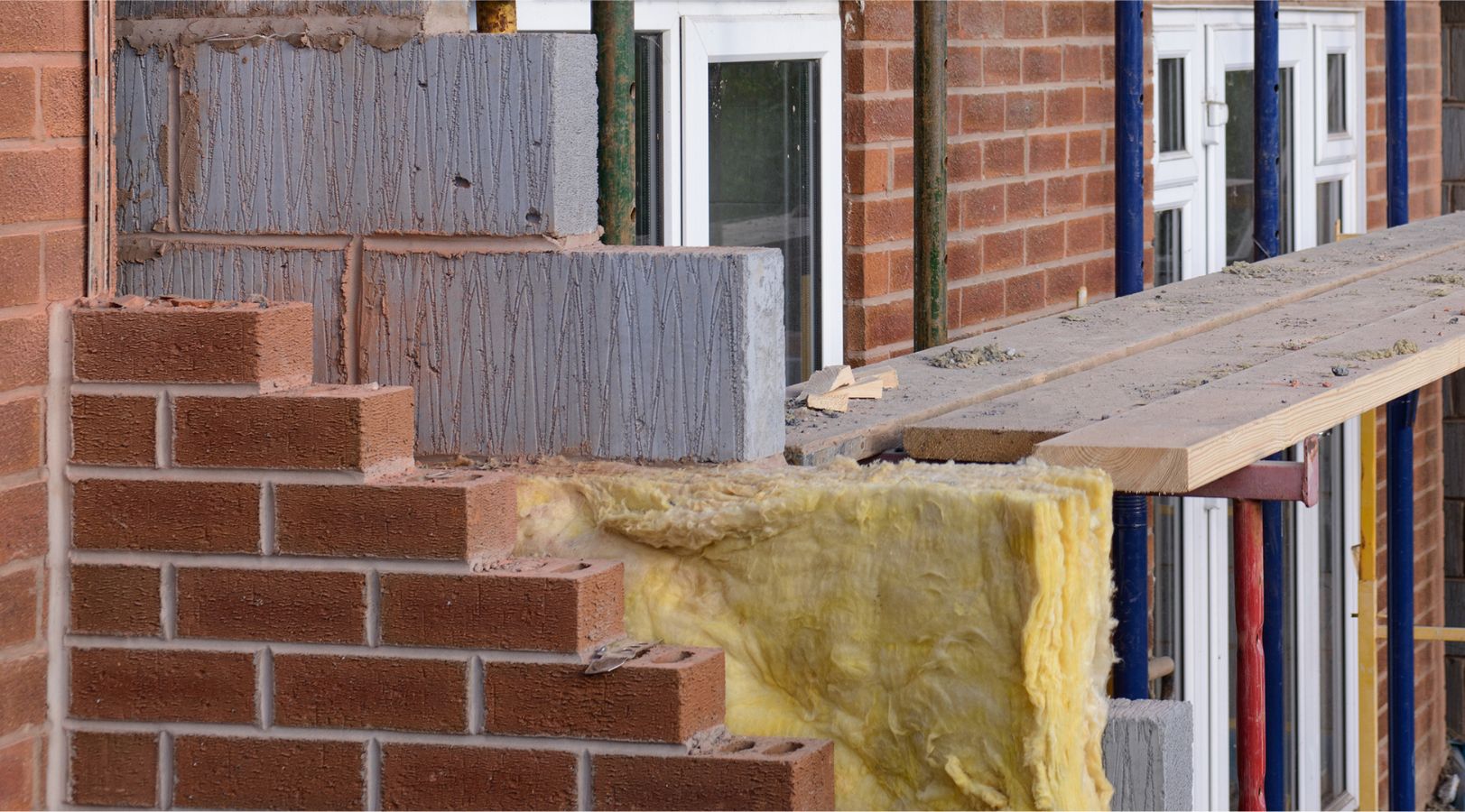

Articles
What Is Cavity Wall Insulation
Modified: October 31, 2024
Discover the benefits of cavity wall insulation with informative articles on cost, installation, and energy savings. Improve your home's efficiency and reduce heating bills.
(Many of the links in this article redirect to a specific reviewed product. Your purchase of these products through affiliate links helps to generate commission for Storables.com, at no extra cost. Learn more)
Introduction
Welcome to the world of cavity wall insulation. In this article, we will explore the ins and outs of cavity wall insulation, understanding what it is, its importance, the different types available, the installation process, as well as the benefits and considerations associated with it.
If you’re a homeowner looking to improve the energy efficiency of your house or if you’re curious to learn more about this insulation method, you’ve come to the right place. Let’s dive in!
Before we delve into the specifics of cavity wall insulation, it’s essential to have a clear understanding of what a cavity wall is.
Key Takeaways:
- Cavity wall insulation offers homeowners improved energy efficiency, cost savings, and a more comfortable living environment. However, it’s crucial to consider potential drawbacks and consult with professionals before proceeding with the installation.
- The benefits of cavity wall insulation, such as reduced carbon footprint and increased property value, make it a worthwhile investment. Yet, homeowners should carefully evaluate their property’s suitability and address any existing issues before proceeding.
What is a Cavity Wall
A cavity wall is a type of wall commonly found in modern construction. It consists of two separate walls, known as the inner and outer leaf, with a small gap or cavity between them. The inner leaf is the structural part of the wall, while the outer leaf provides protection from the weather.
The cavity between the two walls serves an important purpose. It acts as a barrier to prevent moisture from penetrating into the inner wall, where it can cause dampness and potential damage. The gap also provides a means of preventing heat loss from inside the building, helping to maintain a comfortable temperature and reduce energy usage.
Cavity walls became prevalent in construction during the early 20th century when it was discovered that having a gap between the inner and outer walls provided numerous benefits. The introduction of cavity walls revolutionized building design, offering improved insulation, reduced dampness, and enhanced structural stability.
Now that we have a basic understanding of what a cavity wall is, let’s explore why insulation is necessary for these walls.
The Need for Insulation
Insulating your cavity walls is essential for several reasons. Firstly, it helps to reduce heat loss from your home, ensuring that you can maintain a comfortable indoor temperature while minimizing energy consumption. With proper insulation, you can keep your home warm in the winter and cool in the summer without relying heavily on heating or air conditioning systems.
By reducing heat loss, cavity wall insulation also helps to lower energy bills. When heat escapes through uninsulated walls, your heating system has to work harder to compensate for the lost heat, leading to increased energy usage and higher utility bills. Insulation acts as a barrier, trapping heat inside your home and allowing your heating system to operate efficiently.
Furthermore, cavity wall insulation helps to reduce carbon emissions. By improving the energy efficiency of your home and reducing your reliance on non-renewable energy sources, you are contributing to a more sustainable environment and reducing your overall carbon footprint.
Insulation also plays a crucial role in preventing dampness and condensation within your walls. The cavity acts as a barrier to prevent moisture from entering the inner wall, where it could potentially cause structural damage and health issues such as mold growth. By insulating the cavity, you create an additional layer of protection against dampness, ensuring the longevity and durability of your home.
Lastly, cavity wall insulation can also improve the acoustic properties of your home. The insulation material helps to absorb and reduce noise transmission, providing a quieter and more peaceful living environment. This is particularly beneficial if you live in a noisy urban area or near a busy road.
Now that we understand the importance of cavity wall insulation, let’s explore the different types available.
Types of Cavity Wall Insulation
When it comes to cavity wall insulation, there are several types of materials available. The choice of insulation will depend on factors such as cost, effectiveness, and availability. Here are some of the most common types:
1. Mineral Wool Insulation: This type of insulation is made from glass or rock fibers and is available in the form of batts or loose-fill. Mineral wool provides excellent thermal and acoustic insulation properties and is resistant to fire. It is a popular choice for cavity wall insulation due to its affordability and versatility.
2. Expanded Polystyrene (EPS) Beads: EPS beads are tiny granules of polystyrene that are injected into the cavity. They are lightweight and have good insulation properties. The beads fill the cavity and provide effective thermal insulation.
3. Polyurethane Foam: Polyurethane foam is a spray-applied insulation material that expands to fill the cavity. It provides a seamless insulation layer with excellent thermal conductivity. Polyurethane foam insulation is highly durable and offers superior energy efficiency.
4. Polyisocyanurate (PIR) Insulation: PIR insulation is a rigid foam board made from polyisocyanurate. It has excellent thermal resistance and is known for its high performance in reducing heat loss. PIR insulation boards are lightweight, easy to install, and offer long-lasting insulation benefits.
These are just a few examples of the types of insulation materials commonly used for cavity walls. Each material has its own unique properties and benefits, so it’s important to consider factors such as cost, insulation performance, availability, and any specific requirements of your home before making a decision.
Now that we’re familiar with the types of cavity wall insulation, let’s take a look at the installation process.
When considering cavity wall insulation, be sure to check the type of insulation suitable for your property and the potential energy savings it can provide. Always consult a professional for advice and installation.
Process of Cavity Wall Insulation
The process of cavity wall insulation involves several steps to ensure that the insulation material is properly installed and provides optimal performance. Here is an overview of the typical process:
1. Initial Assessment: A qualified professional will visit your property to assess its suitability for cavity wall insulation. They will check for any existing issues, such as dampness or structural problems, that need to be addressed before insulation can be installed.
2. Preparing the Walls: Before the insulation is installed, the walls need to be prepared. This involves cleaning the exterior walls and sealing any gaps or cracks to prevent moisture or air leakage.
3. Drilling Access Holes: Access holes are drilled into the external walls of the property at regular intervals. These holes allow the insulation material to be injected into the cavity.
4. Injecting the Insulation: The chosen insulation material is then injected into the cavity through the access holes. This is done using specialist equipment that blows or sprays the insulation into the cavity. The material fills the entire cavity, ensuring consistent insulation coverage.
5. Sealing the Access Holes: Once the insulation is in place, the access holes are sealed with color-matched mortar or plastic plugs. This ensures a neat and discreet finish to the exterior walls.
6. Finishing Touches: The installation process is completed by tidying up the work area, removing any debris, and ensuring that any disturbed areas of the property are reinstated to their original condition.
It is important to note that the process may vary depending on the specific insulation material and the requirements of your property. It is recommended to hire a professional insulation company with experience in cavity wall insulation to ensure proper installation and adherence to industry standards.
Now that we’ve covered the installation process, let’s explore the benefits of cavity wall insulation.
Read more: What Is Wall Insulation
Benefits of Cavity Wall Insulation
Cavity wall insulation offers a range of benefits that make it a worthwhile investment for homeowners. Here are some of the key advantages:
1. Energy Efficiency: One of the primary benefits of cavity wall insulation is improved energy efficiency. By reducing heat loss through the walls, insulation helps to maintain a consistent indoor temperature, reducing the need for heating or cooling systems. This leads to lower energy consumption and, consequently, reduced energy bills.
2. Cost Savings: Lower energy bills are a direct result of increased energy efficiency. Insulating your cavity walls can lead to significant cost savings over the long term. The initial investment in insulation is often recouped through reduced energy expenses within a few years.
3. Comfortable Living Environment: Insulation helps to create a more comfortable living environment by reducing drafts and cold spots caused by heat loss through the walls. Insulated walls provide better thermal regulation, ensuring that your home stays warm in winter and cool in summer.
4. Reduced Carbon Footprint: By improving energy efficiency, cavity wall insulation helps to reduce carbon emissions. Using less energy means relying less on non-renewable energy sources, leading to a smaller carbon footprint. Making your home more environmentally friendly can contribute to a more sustainable future.
5. Enhanced Soundproofing: Cavity wall insulation also offers soundproofing benefits. The insulation material helps to absorb and reduce noise transmission, creating a quieter living environment. This is particularly beneficial if you live in a noisy area or near busy roads.
6. Increased Property Value: Installing cavity wall insulation can potentially increase the value of your property. Energy-efficient homes are highly sought after, and buyers are often willing to pay a premium for properties with good insulation. This can be an added advantage if you decide to sell your home in the future.
It is important to note that the benefits of cavity wall insulation may vary depending on factors such as the insulation material used, the condition of your property, and your specific heating and cooling needs. Consulting with a professional insulation provider can help you understand the potential benefits in relation to your home.
Now that we’ve explored the benefits, let’s consider some drawbacks and considerations to keep in mind.
Drawbacks and Considerations
While cavity wall insulation offers numerous benefits, it is essential to consider potential drawbacks and specific considerations before proceeding with the installation. Here are a few to keep in mind:
1. Unsuitable Walls: Not all properties are suitable for cavity wall insulation. Older properties constructed with solid walls, for example, are not compatible with cavity wall insulation. It is crucial to have a professional assess your property to determine its suitability before proceeding.
2. Existing Issues: Cavity wall insulation can exacerbate existing issues if they are not addressed prior to installation. Problems such as dampness or structural defects should be identified and resolved to avoid complications later on.
3. Cost: While cavity wall insulation can result in long-term cost savings, the initial installation cost can be a significant investment. It is important to weigh the cost against the potential energy savings and other benefits to determine if it is financially viable for your situation.
4. Poor Installation: Improper installation can lead to issues such as dampness, reduced insulation effectiveness, or an uneven finish to the walls. It is crucial to hire a reputable and experienced insulation professional to ensure proper installation and adherence to industry standards.
5. Susceptibility to Flooding: In flood-prone areas, cavity wall insulation may not be recommended. If water enters the cavity during a flood, it can become trapped, leading to structural damage and dampness issues. In such cases, alternative insulation methods may be more suitable.
6. Ventilation Requirements: Cavity wall insulation can affect the airflow within the property. Proper ventilation is essential to avoid condensation and dampness issues. It may be necessary to install or modify ventilation systems to ensure a healthy and well-ventilated living environment.
It is crucial to consider these drawbacks and considerations and consult with professionals who can provide personalized advice based on your specific circumstances. They can assess your property, address any concerns, and provide guidance on the most suitable insulation options for your home.
Now that we’ve examined the drawbacks and considerations, let’s wrap up our discussion.
Conclusion
Cavity wall insulation offers a range of benefits for homeowners, including improved energy efficiency, cost savings, increased comfort, and reduced carbon footprint. It helps to create a more sustainable living environment and can potentially increase the value of your property. However, it is important to consider potential drawbacks and specific considerations before proceeding with the installation.
Ensuring the suitability of your property for cavity wall insulation, addressing any existing issues, and hiring a reputable insulation professional are crucial steps in the process. It is also important to carefully consider the cost, potential savings, and long-term benefits to determine if cavity wall insulation is the right choice for your home.
Remember to consult with professionals who can provide personalized advice based on your specific circumstances. They can assess your property, address any concerns, and guide you in choosing the most suitable insulation materials and methods.
Ultimately, cavity wall insulation can be a worthwhile investment, offering long-term energy savings, improved comfort, and a reduced environmental impact. By taking the time to thoroughly evaluate the options and make informed decisions, you can enjoy the benefits of a well-insulated home for years to come.
Thank you for joining us in exploring the world of cavity wall insulation. We hope this article has provided you with valuable insights and information to help you make informed decisions for your home.
Remember, a well-insulated home is not only a comfortable and cost-effective one but also a step towards a more sustainable future.
Frequently Asked Questions about What Is Cavity Wall Insulation
Was this page helpful?
At Storables.com, we guarantee accurate and reliable information. Our content, validated by Expert Board Contributors, is crafted following stringent Editorial Policies. We're committed to providing you with well-researched, expert-backed insights for all your informational needs.
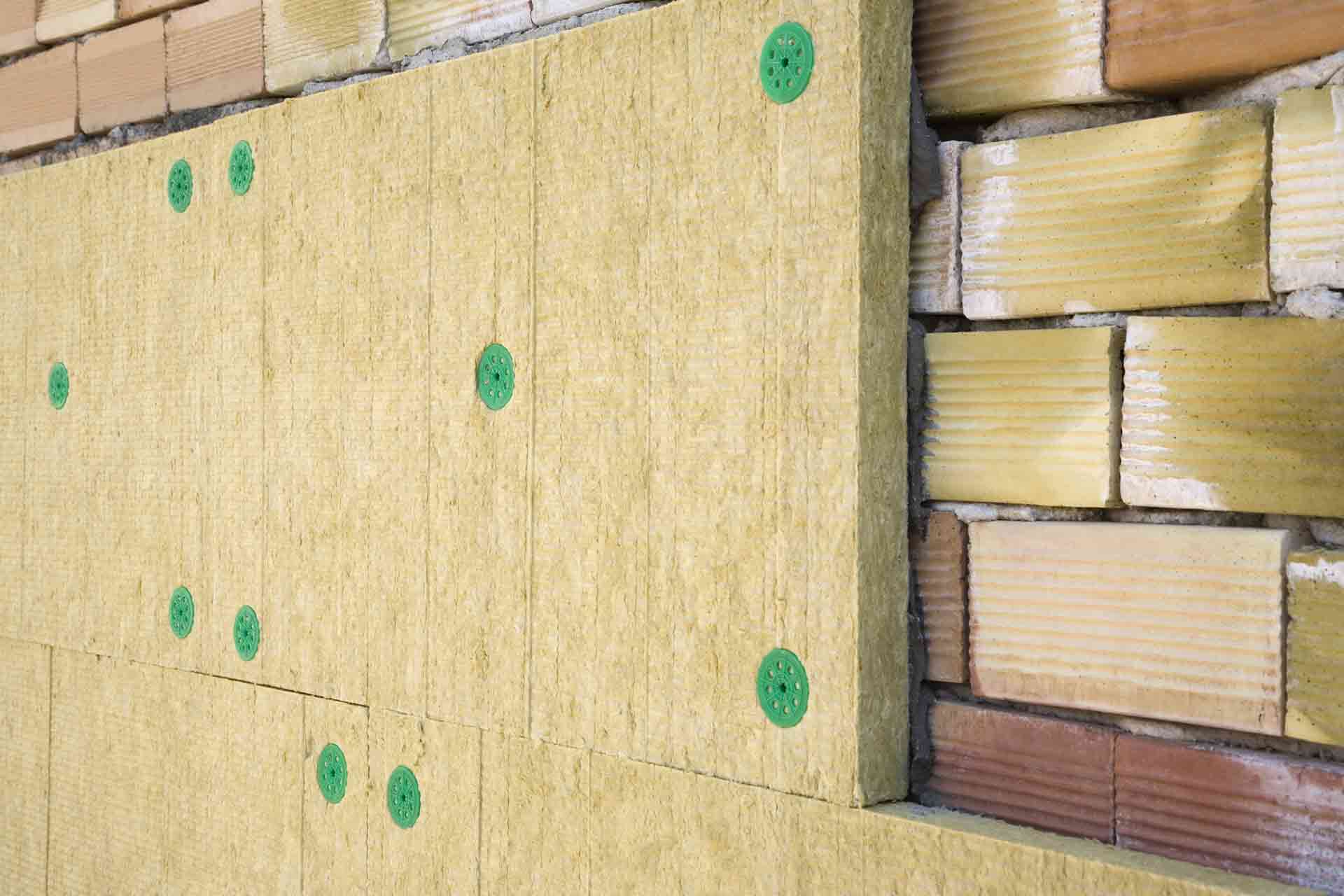
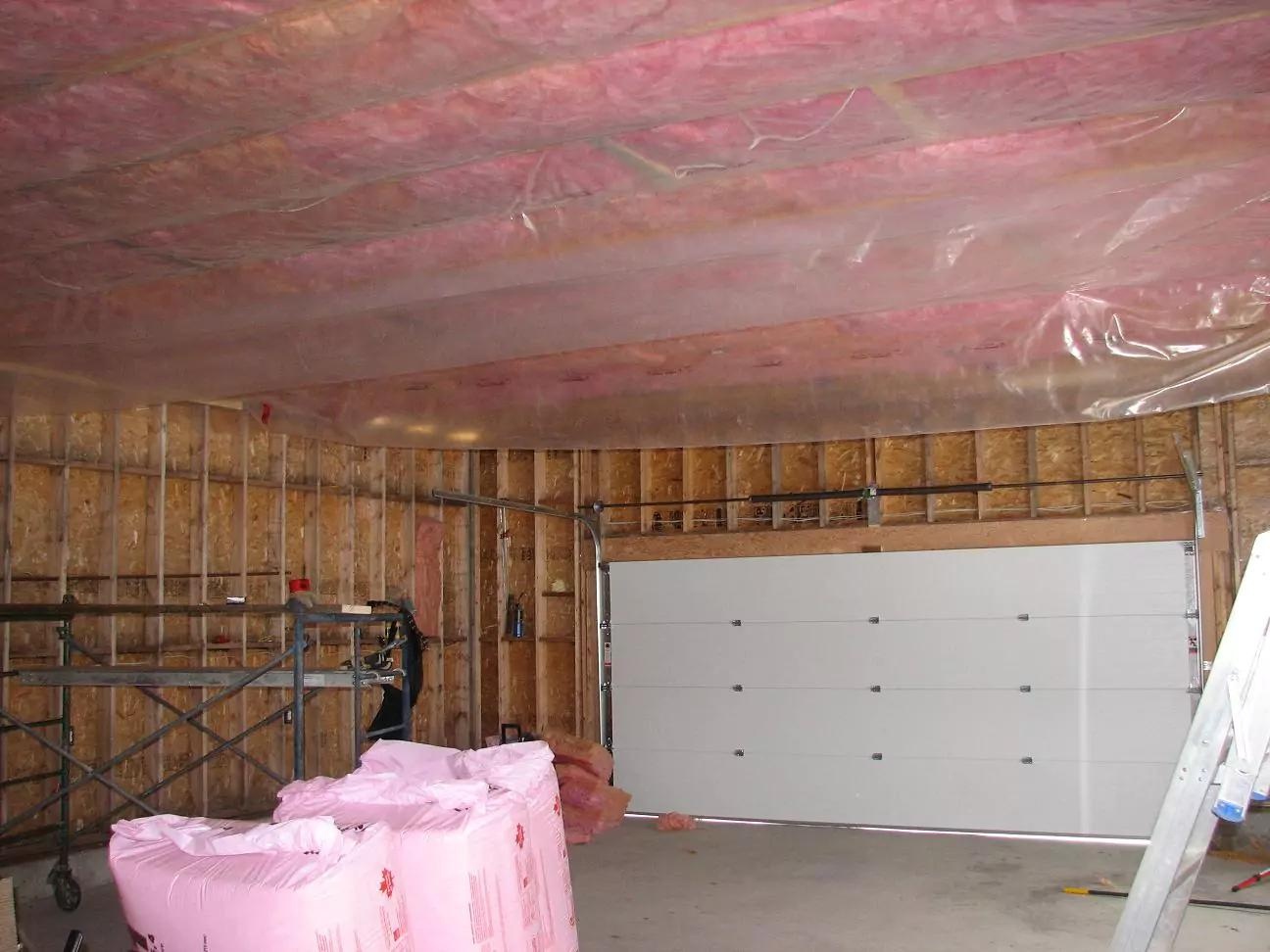
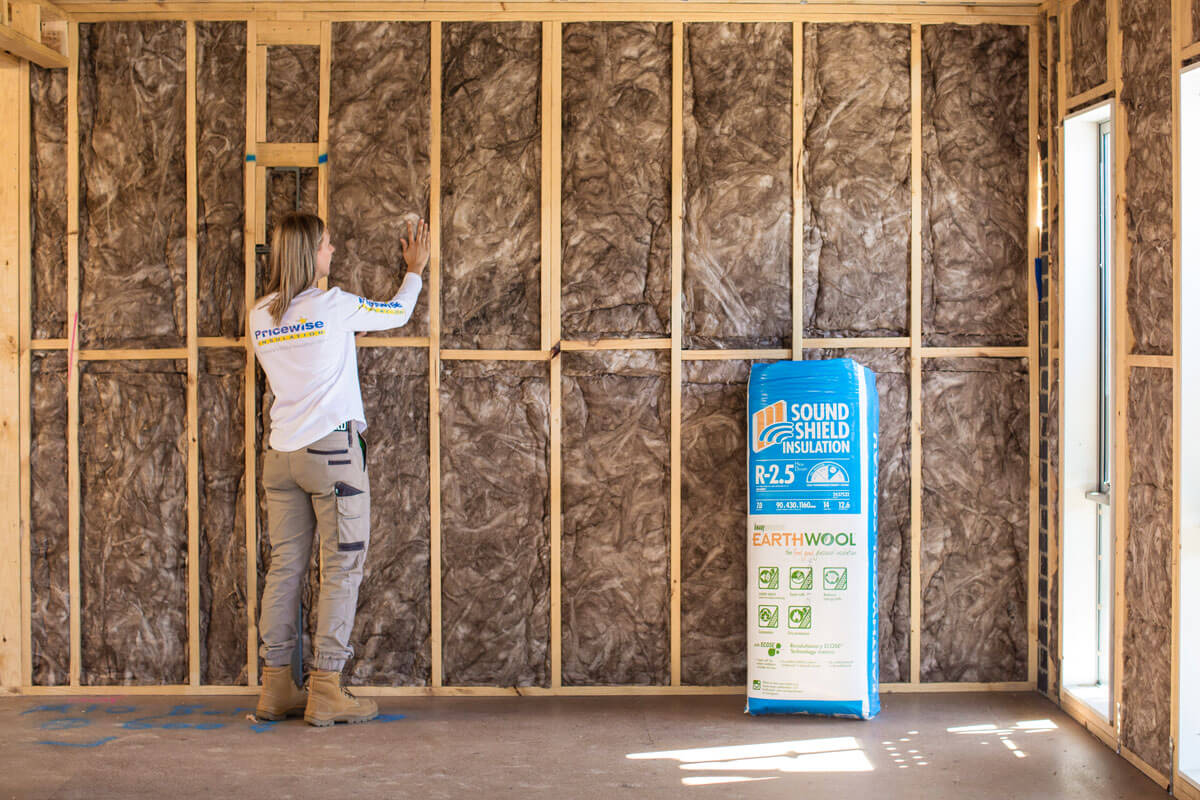
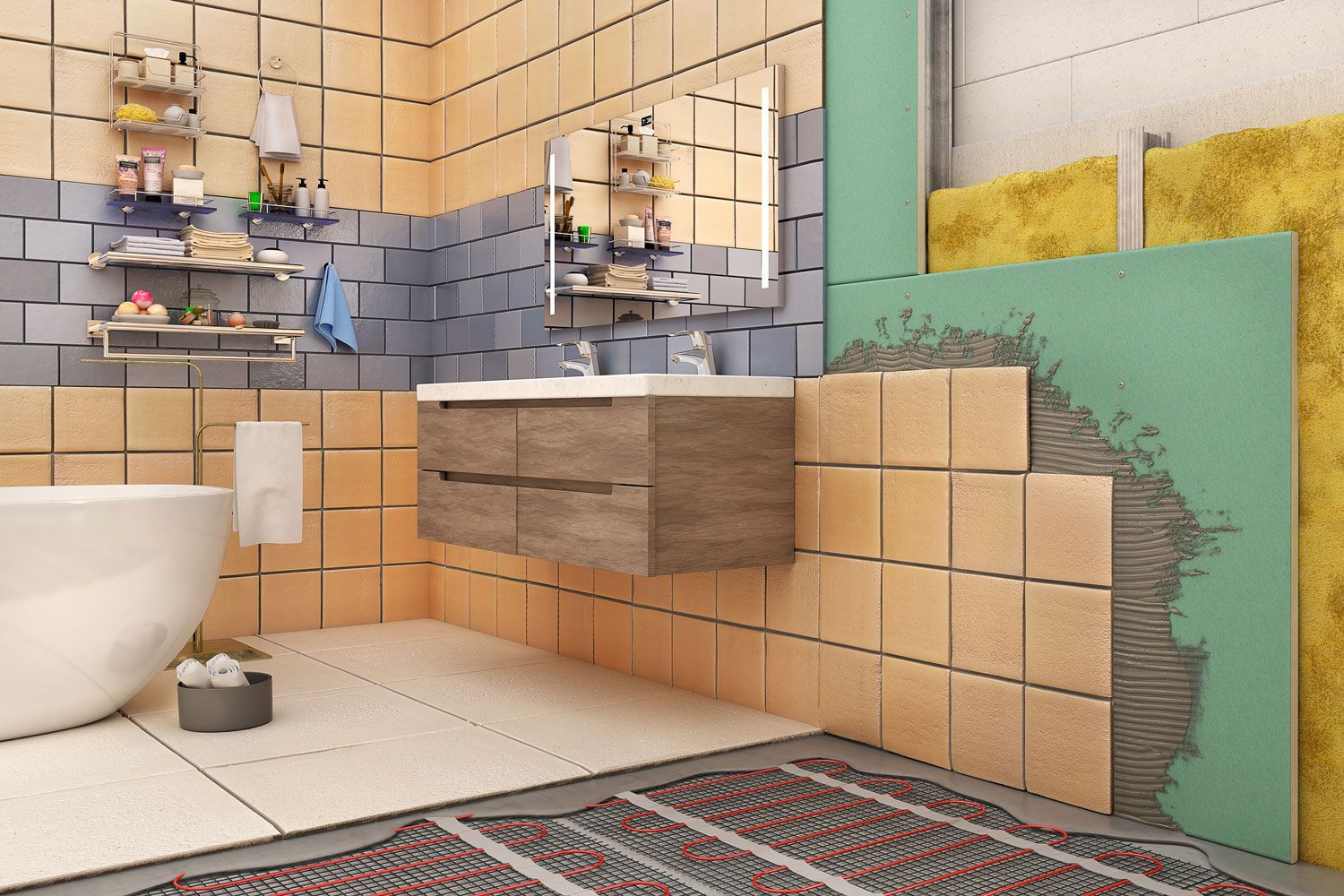
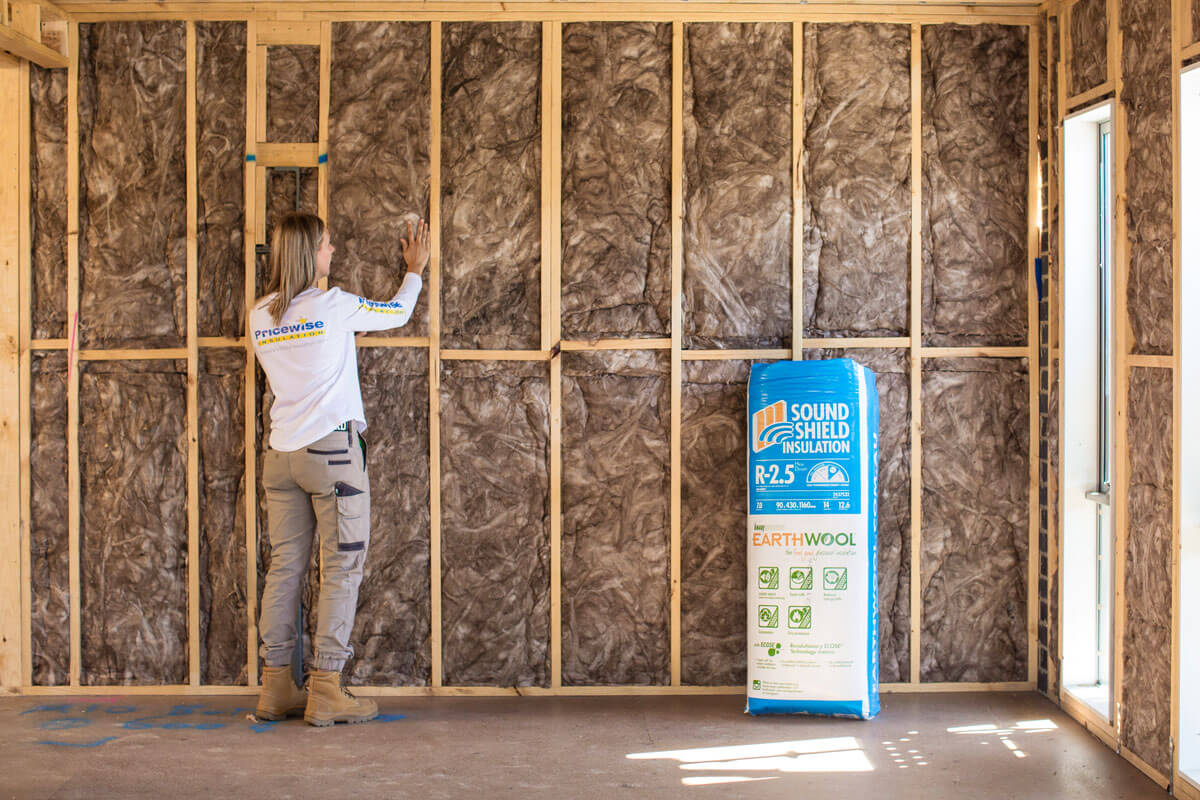
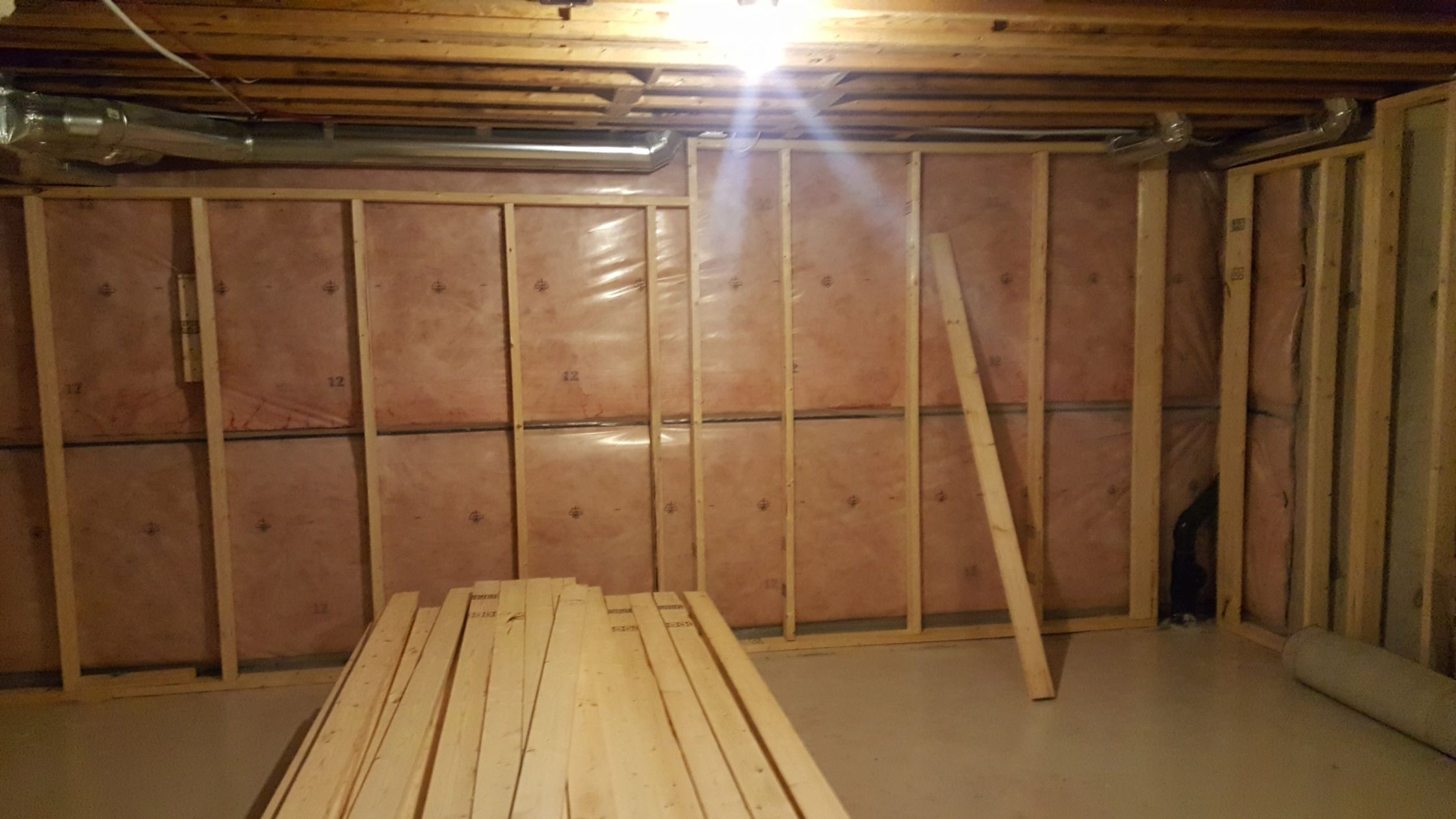
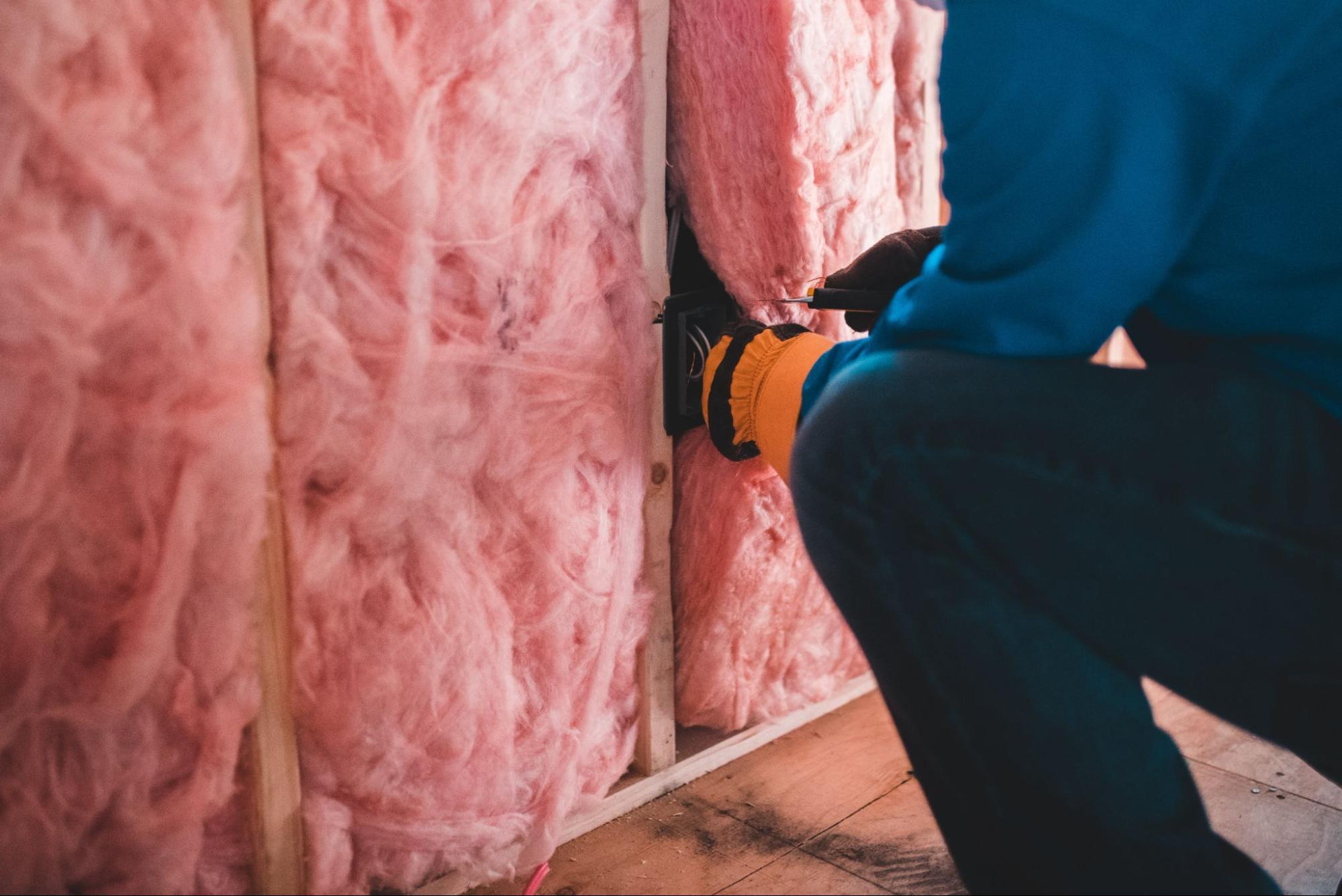
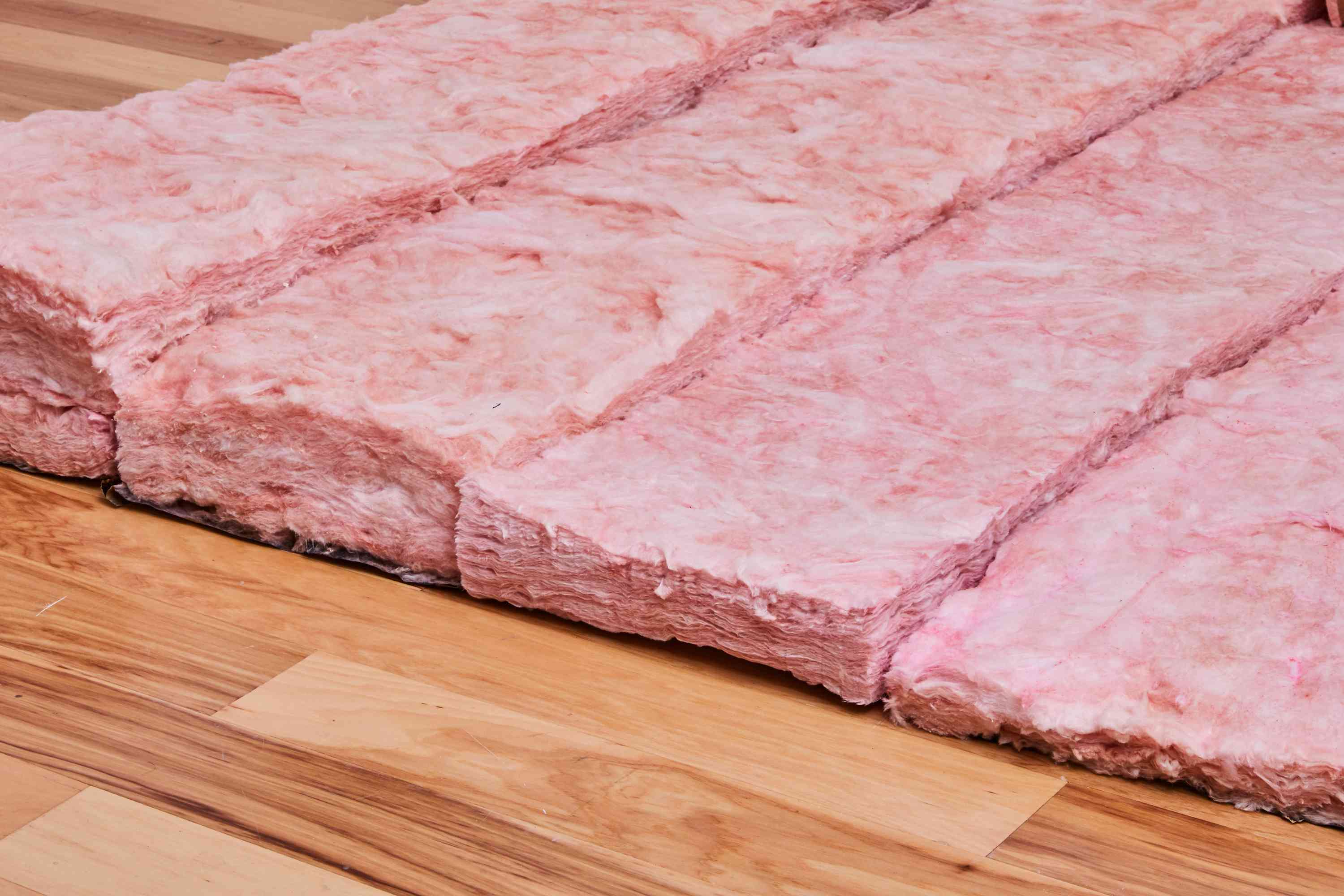
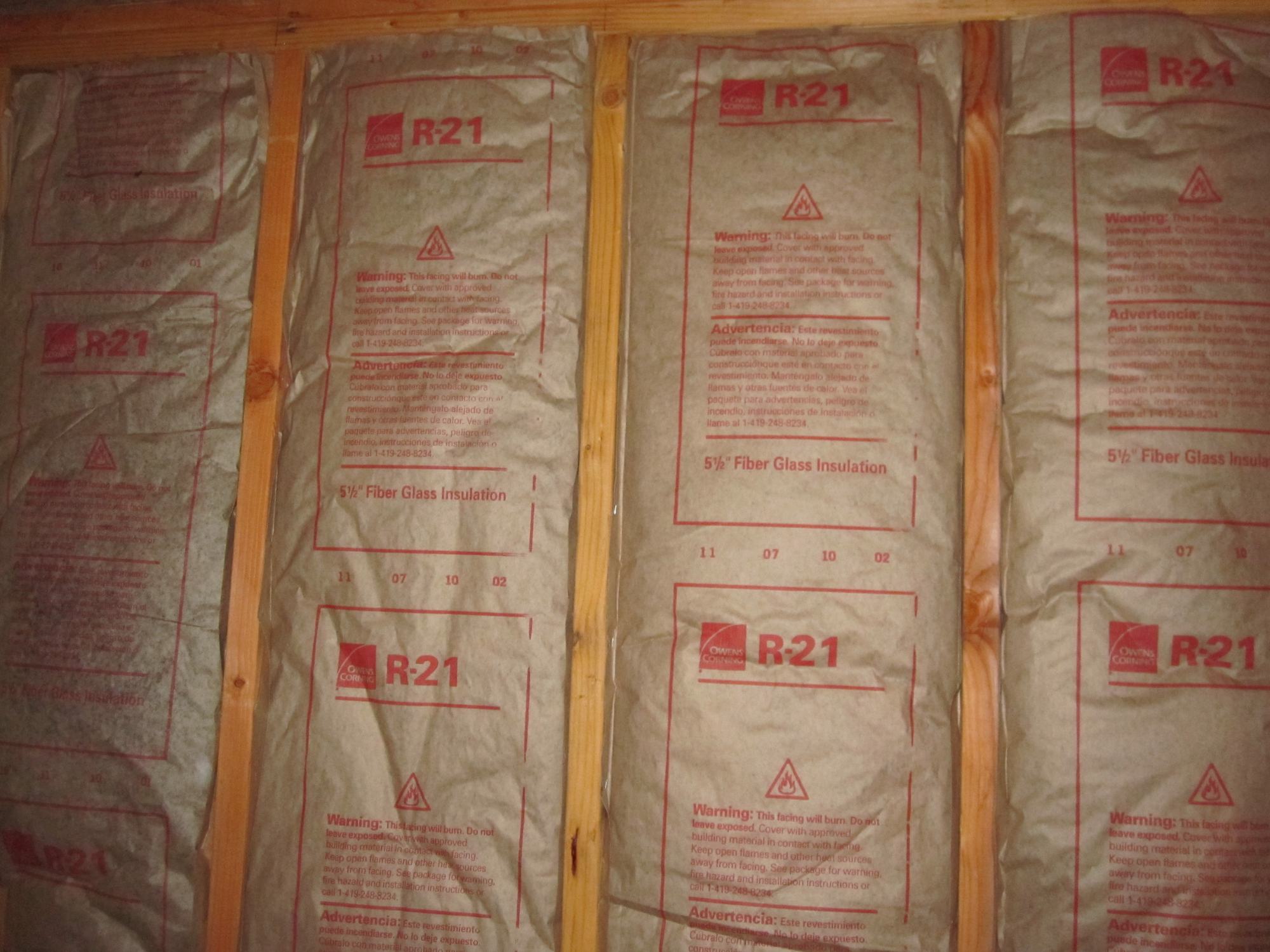
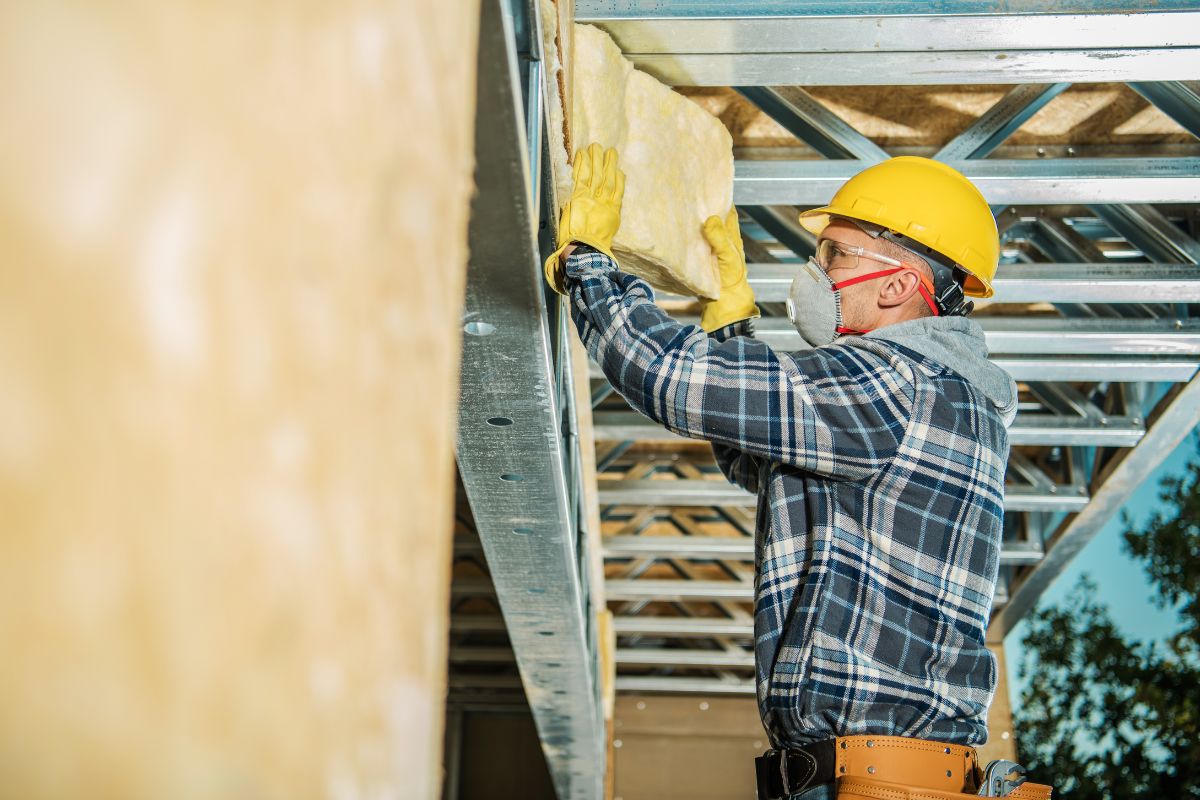
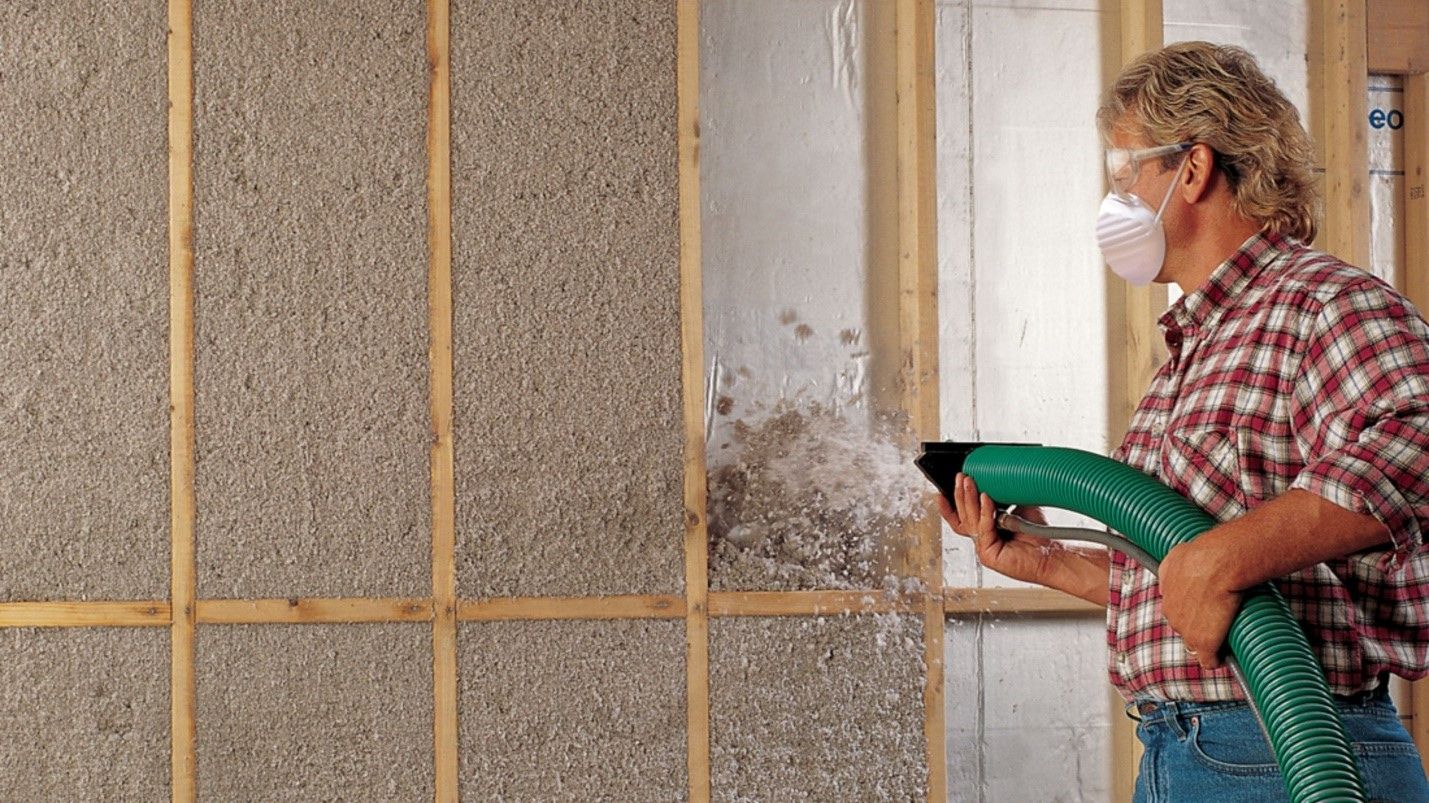
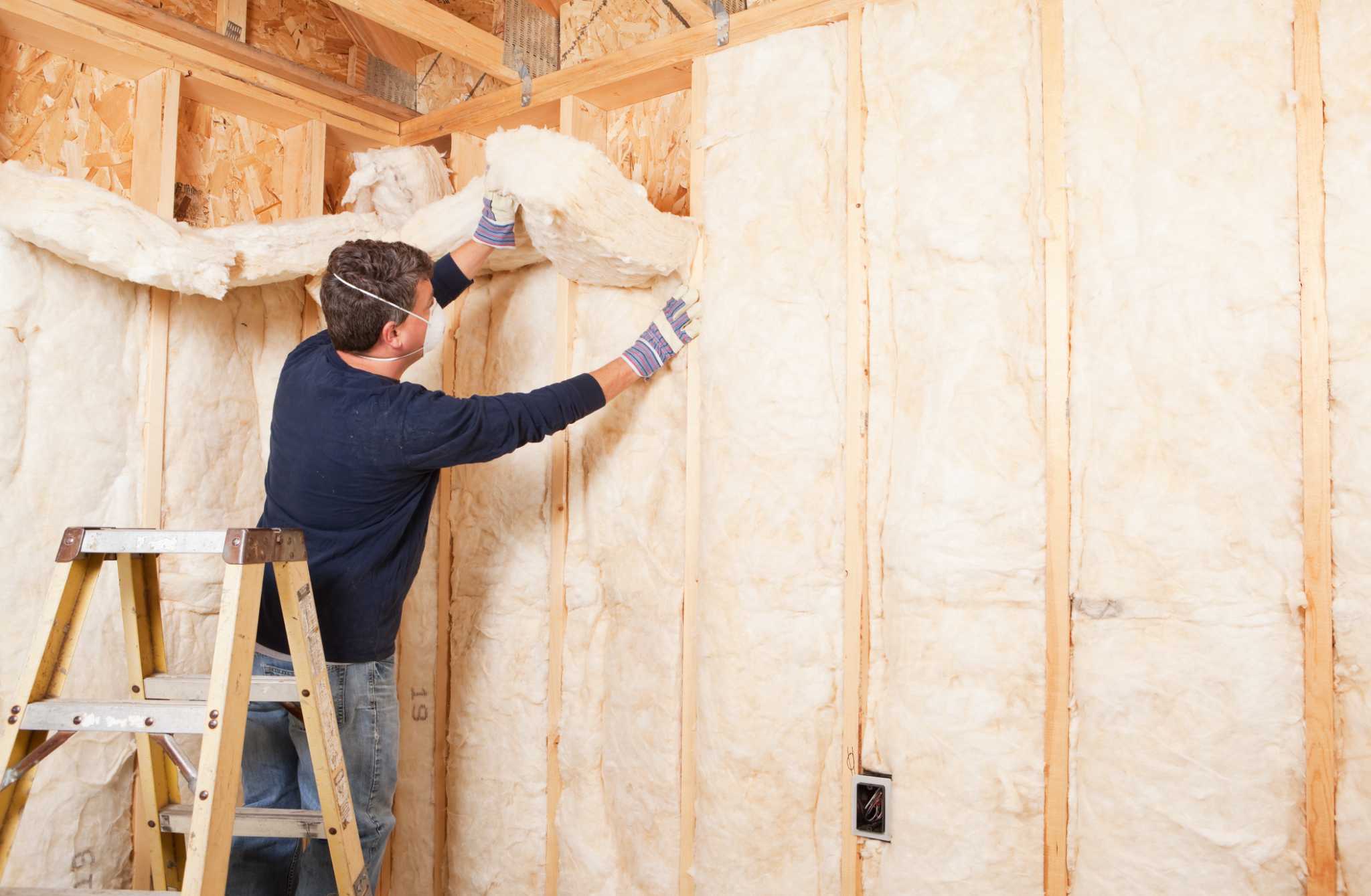
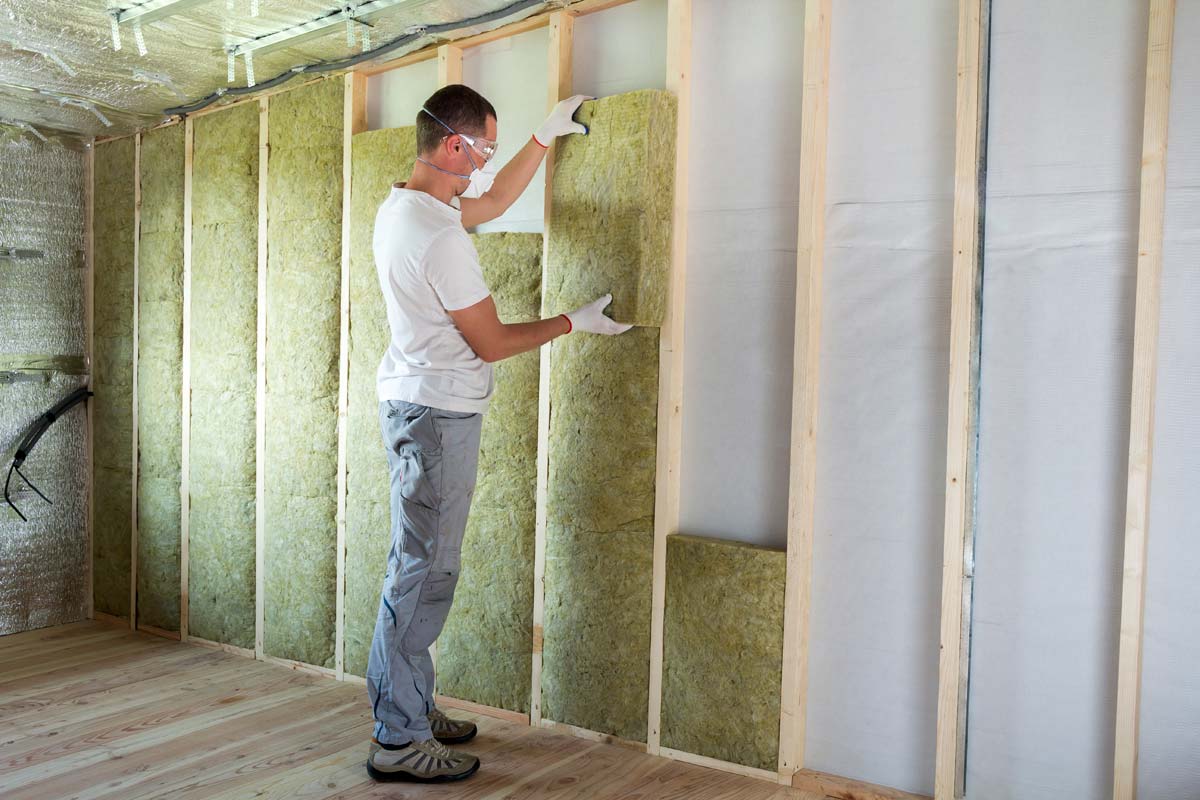
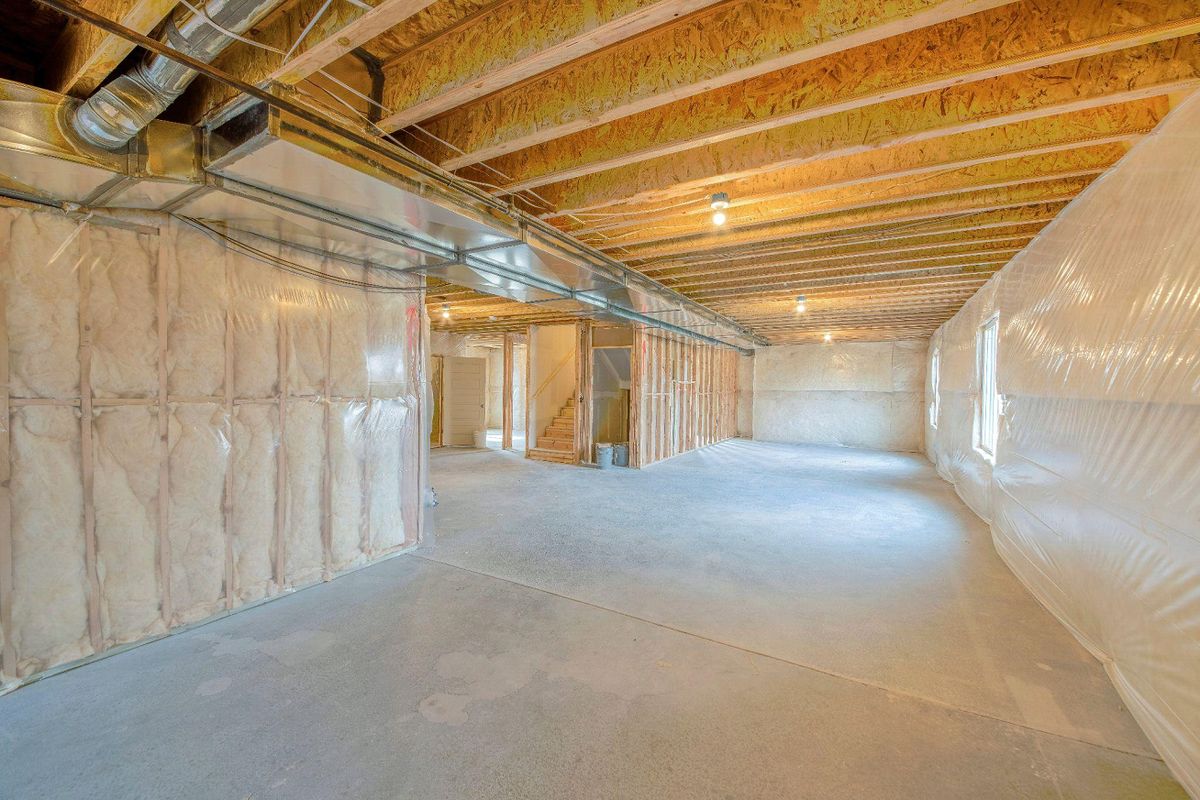

0 thoughts on “What Is Cavity Wall Insulation”